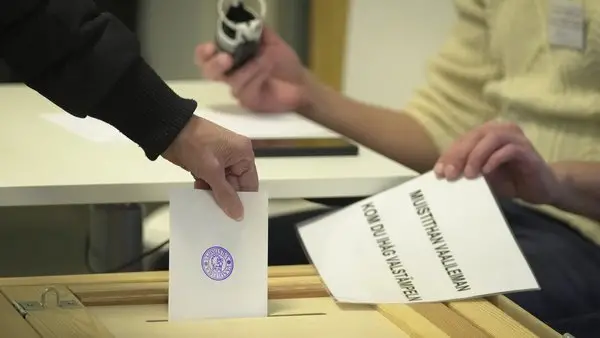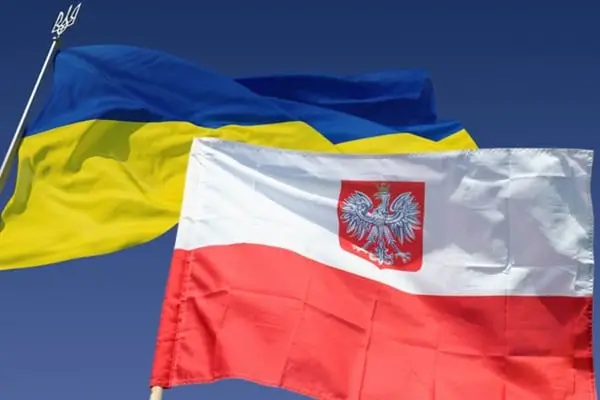The first presidential election in Finland. What were the results of the first round?

Candidates with considerable political experience made it to the second round: Alexander Stubb and Pekka Haavisto.
First of all, it should be noted that Finland is a parliamentary-presidential republic. The president performs important state functions and cooperates with the government in the areas of foreign and security policy, and is the commander-in-chief. Thus, he is the main representative of the country at international meetings and summits.
The topics of foreign policy and security became especially relevant in the presidential election, and for the first time in a long time, there was no candidate who would speak in favor of russia, which affected the election. Alexander Stubb and Pekka Haavisto, both of whom have considerable experience in these areas, made it to the second round.
Alexander Stubb, the candidate of the Coalition Party, has an impressive political background, including serving as Prime Minister and Foreign Minister, and has also worked successfully with international organizations.
Pekka Haavisto, the Green Alliance candidate, also has considerable experience, having served as foreign minister and being responsible for Finland's advancement in NATO.
These candidates have expressed a firmer stance toward russia following russia's aggression in Ukraine. In general, their absence from politics in recent years has allowed them to avoid current problems and scandals, and their experience and rhetoric have contributed to their political status.
What to expect in the second round?
Even if no one explicitly stated "russia must lose," the answers were strong and convincing enough. Thus, unlike in other elections, Ukrainians do not need to be on the defensive. After the events of February 24, both candidates began to look like reliable allies, especially given that they represent a country that has a 1,270-kilometer border with the aggressor.
What results can we expect in the February 11 runoff? The latest polls in favor of Stubb show 55-59%, compared to 41-45% for Haavisto.
The vote percentages for the first six candidates were as follows:
● Stubb (Coalition Party) - 27.2%;
● Haavisto (Green Alliance) - 25.8%;
● Halla-aho (True Finns) - 19.0%;
● Wren (Center) - 15.3%;
● Andersson (Left Union) - 4.9%;
● Urpilainen (Social Democrats) - 4.3%.
It is likely that centrist Rehn's votes will split evenly between the two remaining candidates, and the votes of the nationalist Halla-aho will go to the coalition partner Stubb, which will add another +19%. The votes of the two left-wing candidates will support Haavisto, which will give him only +9%. Thus, there is a difference of 10%. Although there may be surprises and plot twists, the main trend now points to support for Stubb, the "guide to NATO."
By the way, the Finnish press has noted another feature of this election: "For the first time in Finnish history, a person of foreign origin will become the second half of the president." Stubb's wife is Susanne Innes-Stubb, an Englishwoman. Haavisto's partner (he is openly gay) is Ecuadorian Antonio Flores.
It should be noted that Stubb, although heterosexual, expressed support for a gender-neutral marriage law (2014-2015) and was the patron of the Helsinki Pride event in 2010.











